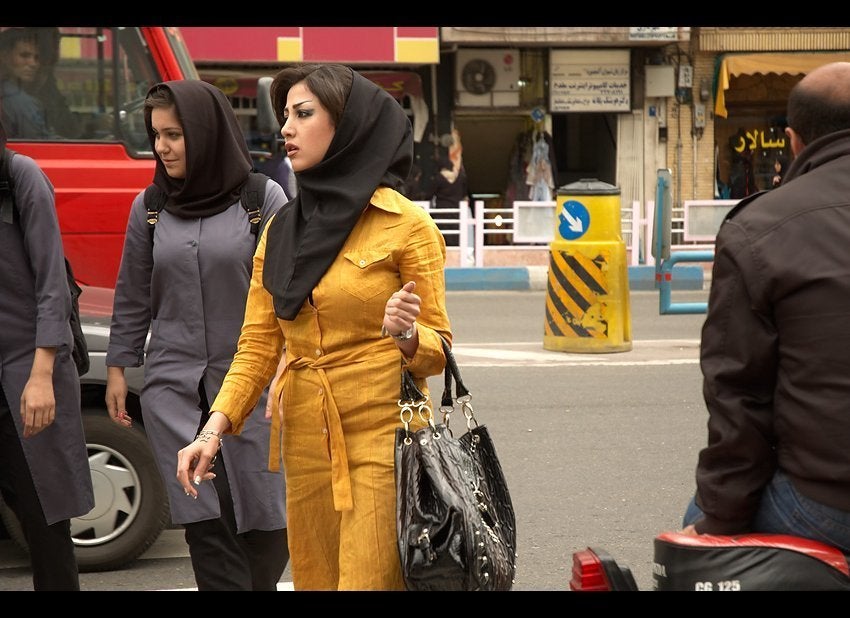Semiotics of Islam from Fouzia Najar on Vimeo.
A new short film takes the media to task for its chronic misrepresentation of Islam, while also paying homage to one of the most iconic feminist performance pieces of the 20th century.
“Semiotics of Islam” is a new seven-minute film by Muslim-American filmmaker Fouzia Najar, who found inspiration for the piece in Martha Rosler's 1975 film, “Semiotics of the Kitchen.” Following the style of Rosler’s work, “Semiotics of Islam” uses the letters of the alphabet to take viewers through a kind of vocabulary lesson. While Rosler pointed to tools and gestures of domestic femininity to parody the stereotype that women belong in the kitchen, Najar presents common objects and terms from Muslim culture to illustrate how misunderstood Islam is in America.
“When we watch broadcast news, we’re thinking that it’s nonfiction,” Najar said. “I’m hoping that the film can make people think twice about where their media is coming from and what agenda is being pushed.”
The two films accomplish many of the same goals, Rosler said. Both allow the artist to deconstruct and re-express the identities they represent, and both force the audience to take a second look at their own preconceived notions.
“Art is, has been, and will remain a potent way for people to condense and symbolize their own marginalization and oppression and to attempt to draw the viewer into identification rather than rejection,” Rosler said.
Najar, 33, wrote and directed "Semiotics of Islam" as her final thesis project while pursuing a Master of Fine Arts in integrated media arts at Hunter College in New York City. She enlisted a local poet and performer, Adeeba Rana, to act in the film, which they shot in 2014.
For both women, “Semiotics of Islam” serves as a satirical way of expressing dissatisfaction with the way Muslims -- particularly Muslim women -- are portrayed by the media.
“I am the most American person I know,” Najar, who was born in Omaha, Nebraska, and grew up in New York, said.
Her parents are from Kashmir, the disputed region between India and Pakistan, and Najar said being the daughter of immigrants has informed her sense of self just as much as being Muslim.
“I think that a lot of first-generation Americans have identity issues,” she said. “They have two identities or even more. … It doesn’t mean they aren’t American. It means America needs to change its definition of what Americans are.”
“The beauty of identity,” Sana, 28, said, is that it can mean multiple things at once.
“It’s not weird to be American and Muslim,” she said. “They can happen together, [and] the different parts of my identity inform everything.”
But recent incidents in the news -- including beheadings performed by the Islamic State group and the killing of three Muslim students in Chapel Hill, North Carolina -- have pitted these identities against each other, Najar said, adding that Muslim-Americans are increasingly living in fear.
“There’s a misunderstanding and a fear of what Islam is, [and] I think there’s an inclination by the media to vilify Muslims,” she said. “Non-Muslims are scared. Well, we're scared too.”
Najar said she plans to screen the film in schools and community centers across the country, and make it available online, to allow a wide audience to confront these misconceptions and to spark dialogue among mixed communities.
Watch “Semiotics of Islam” above and click here to watch Martha Rosler’s 1975 “Semiotics of the Kitchen.”

